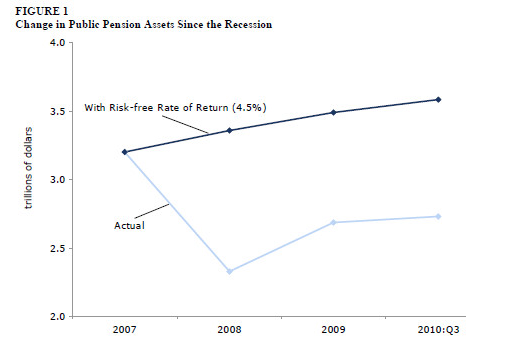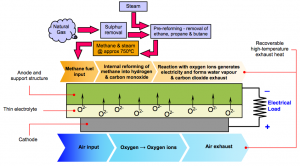No news may be good news for a bit, but after a while if there is no news (information) you start to wonder if people are keeping bad things from you. Certainly that is what the Japanese people are expressing on TV and with their feet as they start to proactively evacuate totally. TEPCO does not have a great record about being open and forthright in it communications about incidents. The ominous sign is the still the evacuation of the plants, with only 50 staff remaining, where 1000 once worked, and perhaps this is why the people in Tokyo who can are voting with their feet.
Yesterday, US Energy Secretary, Steven Chu (a real smart guy with tons of credibility) told Congress: “If workers have to be permanently evacuated from the site it is unclear if the damage can be effectively contained.” Unfortunately, that is true. I know that if I was managing an emergency situation at an industrial facility during a persistent fire and chemical spill, I would need a lot more than 50 guys to regain control of the situation.
So, significant questions need to be directly asked by journalists now. The first has got to be cooling. What precisely are they doing with the cores of these three reactors? Do all three have a continuous flow of water, what is the temperature down to at present, and are they ensuring capacity and supply of coolant in redundant forms yet on each reactor. Is #4 at cold shutdown? The spent fuel rods in #4 reactor building have also clearly lost their cooling bath, as fires re-ignite there daily, and steam is almost always coming out of the building. How much and how long were these spent fuel rods dry, what is their temperature at present, and are we supplying coolant flow to them yet?
Clearly, reactors that have triple redundant cooling systems that can lose pumping and liquid supply lines at every line of defence during earthquakes and the resulting tsunamis have got to go. I mean if they can build an earthquake proof container for a little patch of sun on earth, then surely we can build water-proof containment systems for our backup pumps, earthquake-proof piping as much as possible (segmenting in solid sections?, flexible connections?) and provide quick reconnection facilities on standby for re-establishing cooling, monitoring, and electrical and mechanical control?
And if we can’t make these plants catastrophe proof, then we can’t build more. Let’s completely convert over to electricity supply bridging only with gas and fuel we can grow (but not eat) on the way to solar, wind, wave, geothermal (I mean fuck, the world ain’t running out of that on the ring of fire) as fast as possible, regardless of the cost. And I don’t say that lightly. I don’t mean regardless of the cost, so let’s let the big corporations rip off the whole program of conversion over to renewables, and control the energy game at the end of the transition.
I mean that whatever it costs to convert over to renewables on a macroeconomic scale, let’s pay it, and the sooner the better. You need research money to finish up the conversion of a useful scientific invention into a renewable power source at the home or industrial level? You got it. You need capital to take your electric plant off coal and onto gas? Here’s a low interest loan. Are you a massive power user (steel) that if given enough capital at low cost could become a power producer, and make your business carbon-proof from dirty international competition? I’ve got some cash for you too. However, each of you had better spend the money on what you said you will, and stay out of corruption and theft with my money, because I will be watching. In fact, your project accountant will actually be employed by me. Work for you, take all instructions from you, but I pay the salary, and get monthly reports form him/her. That’s all the oversight I need.
But there is a decision to be made, and it is as old as democracy itself. What is government’s role? Because only government’s (and maybe Warren Buffett) have the money and credit to accomplish a massive conversion to renewables. If you don’t want to do that, by doing the kind of things I outline above, then I guess we have to head back to find out if there is anything more I can do to make the nuclear plants safe from incident, and the waste safe for eternity.
And finally, I have a long-term question. As time goes on, I am wondering if there is no way to catalyse chemically a nuclear reaction, and is there such a thing as an intrinsically safe nuclear reactor?


